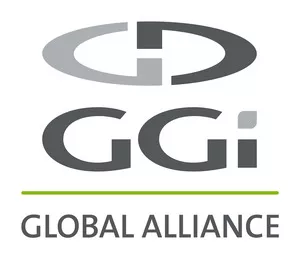Jesús Ruiz Ballesteros (Ruiz Ballesteros Lawyers and Tax Advisors)’s articles from GGI Global Alliance are most popular:
- within Litigation and Mediation & Arbitration topic(s)
GGI Global Alliance are most popular:
- within Litigation, Mediation & Arbitration, Technology and Insolvency/Bankruptcy/Re-Structuring topic(s)
- with readers working within the Healthcare industries
Spain has a new procedural law, Organic Law 1/2025, which makes it mandatory to carry out pre-litigation negotiation before going to court.
In other words, it is no longer enough to file a well-argued lawsuit – now it is also necessary to prove an attempt was made to avoid litigation through prior negotiation. But what are these mechanisms? Are they all valid? How do they differ? And most importantly, which one should you choose? Let's take a look.
- Mediation: guided dialogue. Probably the best known and yet the least used until now. Mediation is a procedure in which a neutral third party, the mediator, assists the parties in finding a solution on their own. Its main virtue is that any agreement reached can be binding if elevated to a public deed or approved by a court. Important: the mediation attempt must be real and documented – a mere invitation that is flatly rejected is not enough.
- Conciliation: the attempt before a public official. Conciliation is a formal act before the court clerk or a notary, depending on the case. In this act, the parties present their claims and try to reach an agreement which, if successful, is recorded in an official document with res judicata effect. Law 1/2025 reinstates this mechanism, requiring its consideration particularly in patrimonial disputes between individuals – and in some cases, makes it mandatory.
- Binding offer or reasoned settlement proposal. This may be the most significant novelty: the possibility of fulfilling the negotiation requirement through a written and reasoned proposal to resolve the conflict, submitted in advance and accompanied by supporting documents. But beware – not just any proposal will do. It must be serious, specific, and well-founded. Otherwise, it will be treated as if no negotiation had taken place.
- Documented direct negotiation. Although less formalised, this option also has legal standing. It refers to the exchange of communications between the parties or their legal representatives expressing a clear intention to resolve the conflict. This is often done by email or burofax. The key lies in the documentation and traceability of the attempt. This is the most agile route, but also the riskiest if not properly recorded.
- Arbitration: when a third party with decision-making power is agreed. Although not strictly a prior mechanism, when the parties have an arbitration clause, the judicial route is excluded until the arbitral instance is exhausted. Arbitration is, ultimately, a private trial with rules agreed by the parties.
- And what if no negotiation is attempted? The law is clear: in proceedings where a pre-litigation negotiation phase is expressly required, failing to attempt such negotiation may lead to inadmissibility of the claim. Even more seriously, it may result in an order to pay costs if the litigation is deemed unnecessary.
The content of this article is intended to provide a general guide to the subject matter. Specialist advice should be sought about your specific circumstances.


